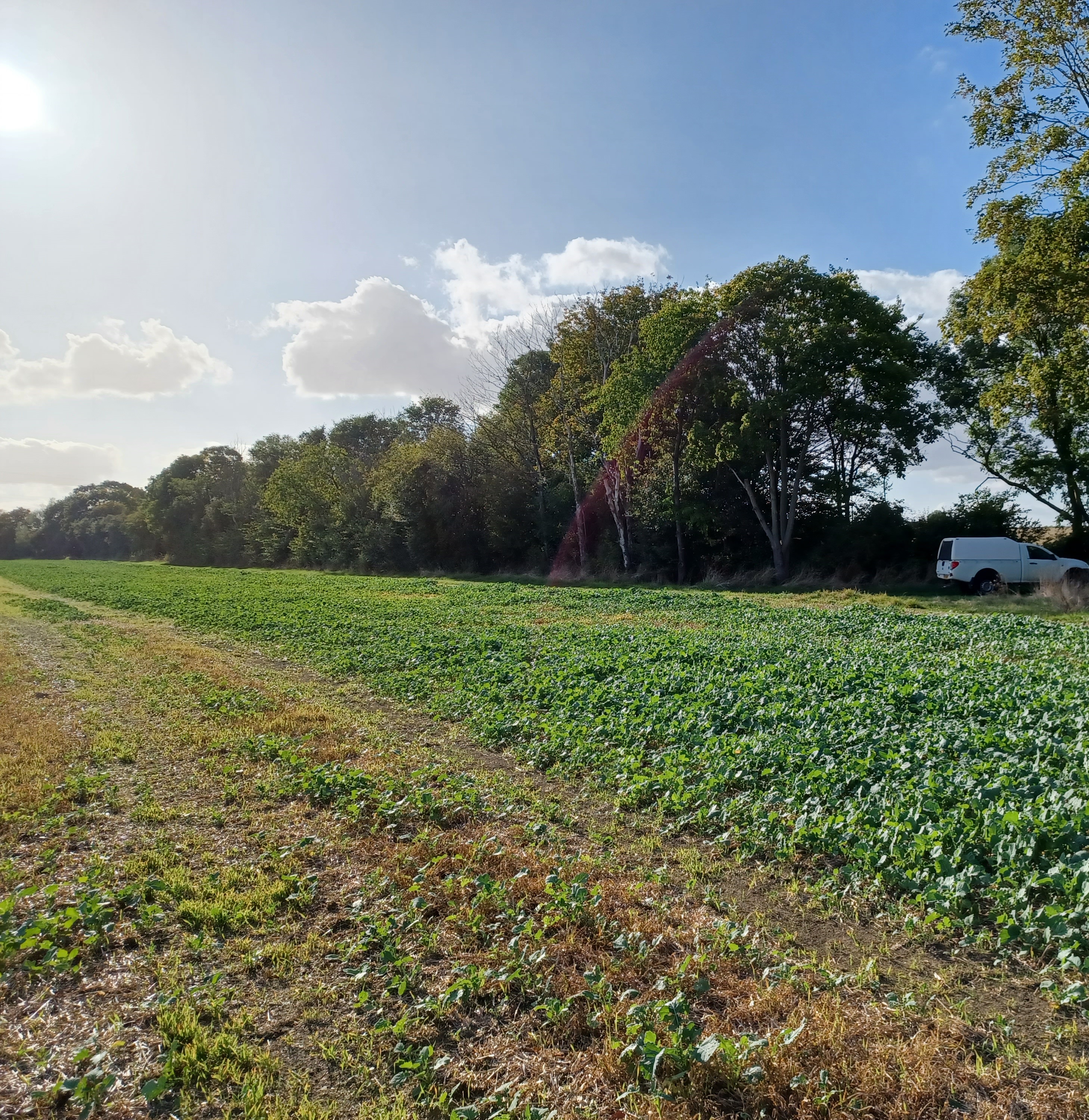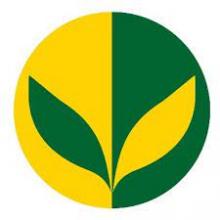Pests can attack the crop through direct feeding on plant tissues or through the transmission of viruses to crop plants.
Pest species include creatures like slugs, beetles and aphids.
Each of the major species or group of species which are considered agricultural pests will have a topic page which will give specific details.
This page is for more general or minor pest species.









